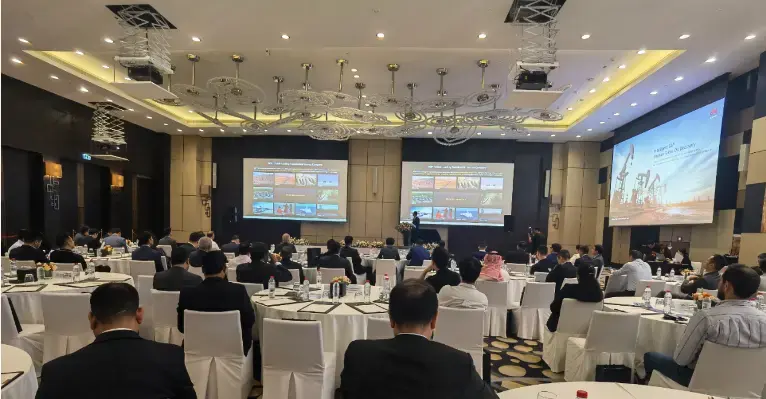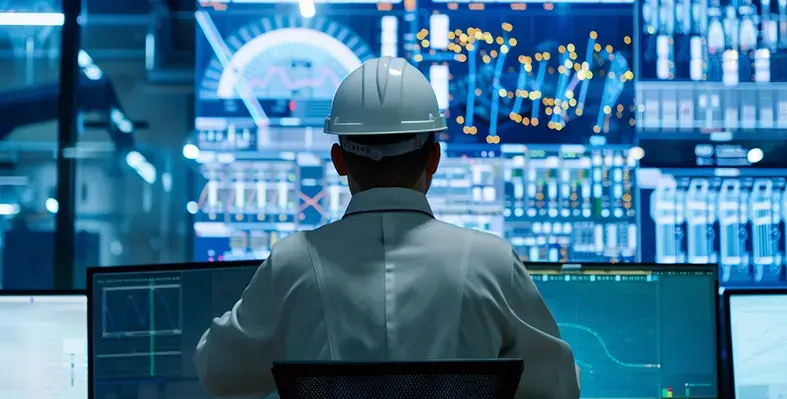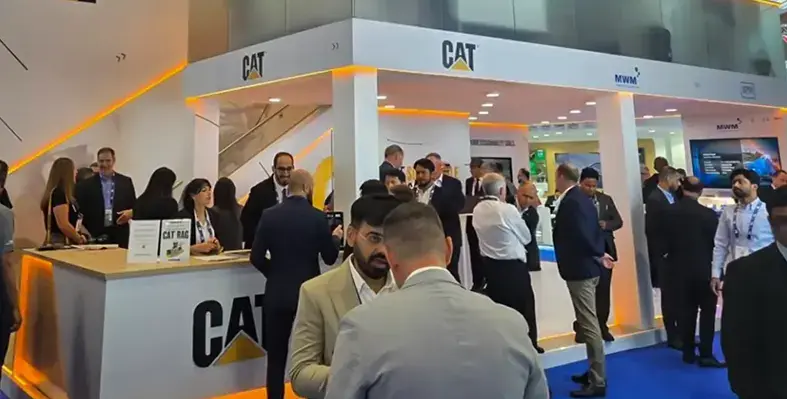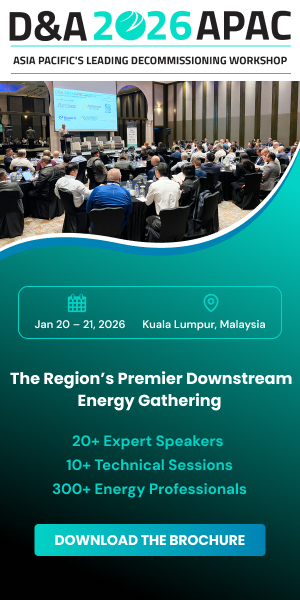
Huawei hosted the Global Intelligent Oil & Gas Summit 2025 during ADIPEC.
The Abu Dhabi International Petroleum Exhibition & Conference (ADIPEC), one of the world's largest and most influential oil & gas events, was held from November 3 to 6
Under the theme Energy. Intelligence. Impact., this year's conference brings together global energy leaders to discuss AI applications in areas such as exploration optimization, carbon emission management, and supply chain intelligence. BGP, a company specializing in geophysical exploration under CNPC jointly exhibited with Huawei, showcasing their achievements in oil & gas exploration to global industry customers. These included collaborative efforts in building the Kunlun large model, the adaptation of Kunpeng with the GeoEast platform, and the application of AI with full waveform inversion (FWI).
During ADIPEC, Huawei hosted the Global Intelligent Oil & Gas Summit 2025, bringing together oil & gas customers, international EPC contractors, Chinese enterprises, and partners from the Middle East, Central Asia, Asia-Pacific, and Africa to share their latest achievements and experiences in intelligent development. Huawei and four partners also unveiled joint innovative solutions for intelligent oil & gas on a global scale.
"We are now experiencing an unprecedented intelligent revolution. But using AI isn't just about following trends. It's about creating real value in efficiency and safety,” Linda Han, Vice President of Huawei and CEO of Huawei Oil, Gas & Mining BU, stated in her opening address. “ICT development must align with AI scenarios that solve real operational challenges. Let practical applications steer digital evolution. Match technology with business needs so valuable data can empower AI for better quality and safer production."
Yue Changqing, President of BGP International, shared in his keynote speech that "Huawei's leading ICT in storage, computing, networking, and AI are driving BGP towards digital and intelligent exploration." He detailed that based on Kunpeng, they have developed a new GeoEast architecture and optimized its performance, increasing processing efficiency by 2-3 times compared to the original. Leveraging Huawei's OceanStor distributed storage, seismic data storage performance improved by 30%, and resource utilization increased by 50%. Using Huawei's MindSpore AI4S suite, computational efficiency for the 2D acoustic wave equation increased more than fivefold, with the 3D acoustic wave equation algorithm soon entering production verification. "Moving forward, leveraging BGP's business insights and Huawei's ICT expertise, we will continue to deepen collaborative innovation in geophysical exploration to pioneer a new paradigm for intelligent exploration and production," Yue added.
OQ Gas Networks SAOG (OQGN), Oman's exclusive natural gas transporter, has successfully completed a Proof of Concept (POC) for an AI-powered Smart Intrusion Detection System (IDS), developed in collaboration with Huawei. The initiative aims to shift from traditional manual patrolling to a proactive, intelligent monitoring solution as part of OQGN's business transformation through innovation and digitalization. The system utilizes Huawei's digital site perimeter protection technology, providing 24/7 intelligent detection and early warnings of external risks such as fires, excavation damage, and unauthorized intrusions. During the POC phase, conducted on a selected pipeline segment, the system achieved over 95% detection accuracy and delivered a 70% reduction in manual inspection workload. Following the successful trial, OQGN and Huawei are partnering to scale up the system, a milestone that earned OQGN the Huawei Oil & Gas Industry Best Joint Innovation Award.
Prithwi Mukhopadhyay, Engineering Manager of Bilfinger Engineering Middle East, shared insights on their practices in oilfield engineering related to digitalization, virtualization, and the enhancement of HSE excellence and operational efficiency. For example, he mentioned using digital twins of oil wells to simulate drilling scenarios for optimizing performance and predicting failures. They also utilize sensors and AI-driven platforms monitor drilling parameters and adjust operations in real time to reduce downtime and improve safety. The company operates remote control rooms that monitor offshore platforms virtually, reducing the need for an onsite team. He stated that Huawei's ICT strengths in hardware and software, coupled with digital certification programs, have further enhanced the cultivation of digital talent, advancing oilfield engineering models towards "digital leadership."
Launching Global Joint Innovative Solutions for Intelligent Oil & Gas with Four Partners
At the summit, Huawei, together with ANTON Oilfield Services Group (ANTON), SUPCON Technology Co., Ltd. (SUPCON), Shenzhen BH Energy Technology Development Co., Ltd. (BH Energy), and Beijing RayChange Information Technology Co., Ltd. (RayChange), jointly launched innovative solutions for intelligent oil & gas.
Huawei and its partners focus on common, high-value scenarios in the oil & gas industry, jointly developing scenario-specific solutions and products to help global oil & gas customers achieve efficient production, operations, and management.
ANTON: By developing intelligent oil & gas platforms, AI application products, and digital, integrated solutions for oilfield technology and management services, the company addresses challenges in industrial AI application such as difficult implementation, high costs, and low standardization.
SUPCON: Leveraging Huawei's computing infrastructure, SUPCON's Industrial Embodied Intelligence system, centered around the Time-series Pre-trained Transformer (TPT) model and the innovative Universal Control System (UCS), provides a basis for AI applications in core industrial scenarios like anomaly early warning, operational optimization, and control optimization. This empowers the entire oil & gas industry chain to adopt unattended operations and remote intelligent control.
BH Energy: By creating intelligent well control systems and smart edge controller products, the company helps achieve autonomous optimization and real-time data analysis for oil wells, enabling oilfield enterprises to enhance production capacity and reduce energy consumption.
RayChange: To address various engineering requirements in the oil & gas industry, the company collaborates with Huawei to develop digital and intelligent management platforms for oil & gas projects using the Deep Twin platform, creating a digital foundation for intelligent oil & gas operations.
In his closing remarks, Deng Bi, President of Huawei's Oil & Gas BU, reiterated Huawei's commitment to collaborating with partners and customers alike. Together, they will build a thriving global ecosystem and develop intelligent solutions that add value to core oil and gas scenarios, upholding the spirit of the summit: "Drive Data to Barrel, Embrace Intelligence to Grow."













